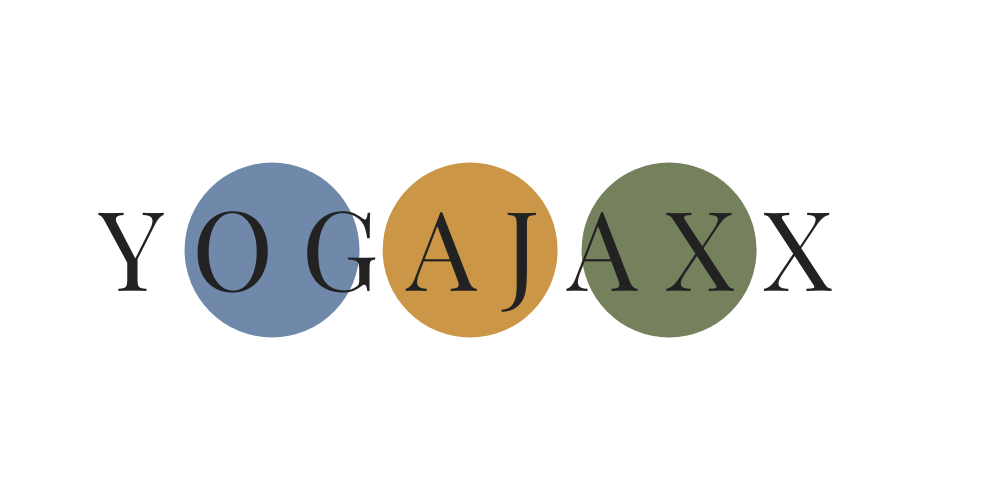Paschimottanāsana and the ego
Life lessons from the yoga mat
When I first began going to yoga classes, Paschimottanāsana was one of the postures that I most wanted to do. I wanted the ease of movement in my legs and hips that I saw in other bodies. My ego wanted it too. I wanted to look like the other girls who did it so effortlessly.
So, as I developed a daily self-practice, Paschimottanāsana was always included – at the beginning and at the end. With this daily practice, it became easy.
Next, I worked on holding it. Now it wasn’t about improving the physical body; it was about improving mental focus and overcoming the distracted mind that would tell me to come out of the posture before the body needed to. I’d set goals: five breaths, a few weeks later ten, and so on. Through Paschimottanāsana I entered a deep exploration of the breath and mind connectivity and quietening of the vrittis.
However, my ego was also fuelled, because now I was one of ‘those’ girls.
Then I got a hamstring injury and could no longer do it. In my mind this was a backwards step. I hated being injured. I had to modify postures such as Paschimottanāsana, Trikonāsana and Parsvottanāsana. Yet, for weeks, I (my ego) consistently pushed them a little further than I should have.
As long as I kept pushing, the injury wasn’t getting better. It took me weeks to realise that the yoga was in letting go of the posture, allowing the injury to get better and stop thinking stretchy legs had anything to do with my identity.
Doesn’t that sound mad? Saying that the ego makes us think our ability to do a physical posture is connected to our identity? I hope it does sound bonkers because it might show you if you’re doing the same thing. Most of us have, whether we admit it or not. Don't wait for an injury to take your ego out of your postures. You are not your postures.

